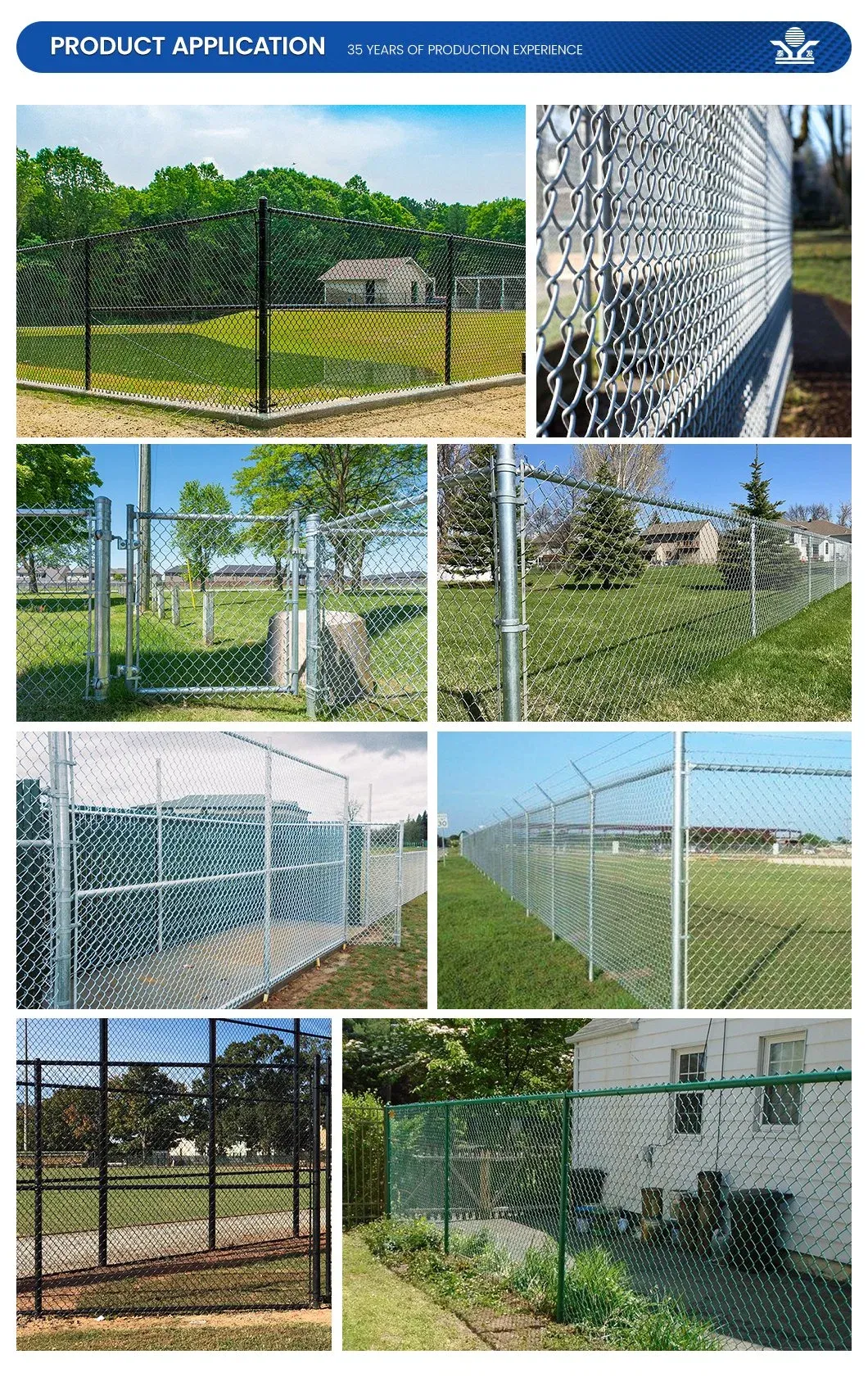Highway Barrier Walls Enhancing Safety on the Roads
Highway barrier walls play a crucial role in enhancing road safety across the globe. These structures serve as vital components in the design and engineering of highways, aimed at protecting drivers, passengers, and pedestrians from accidents, debris, and other potential hazards. Understanding their purpose, design, and impact can shed light on why these barriers are indispensable in modern transportation infrastructure.
The Purpose of Highway Barrier Walls
The primary purpose of highway barrier walls is to prevent vehicles from veering off the road or crossing into oncoming traffic. This is particularly important in areas where high speeds are common and the consequences of a vehicle leaving the roadway can be catastrophic. Barrier walls help to mitigate collisions by redirecting vehicles and absorbing the energy of crashes, thereby reducing the severity of accidents.
Moreover, these barriers are instrumental in protecting pedestrians and cyclists in urban areas adjacent to highways. By providing a physical barrier between the heavy traffic of vehicles and vulnerable road users, they reduce the likelihood of dangerous encounters.
Types of Barrier Walls
Highway barrier walls come in various designs, materials, and sizes, tailored to the specific needs of different highways and traffic conditions
. The most common types include1. Concrete Barriers These are often referred to as Jersey barriers or K-rail. They are robust and effective for crash attenuation, absorbing energy from colliding vehicles. Their solid structure deters vehicles from crossing over to opposing lanes and can be placed in configurations that enhance their effectiveness.
2. Steel Barriers These consist of steel cables or beams arranged in a manner that redirects vehicles during a collision. Steel barriers are lighter than concrete barriers and can be more flexible, allowing for some deformation during an impact, which can mitigate the effects of the crash.
highway barrier walls

3. W-Beam Barriers These are common on rural and less-trafficked roads. The W-beam shape helps guide vehicles back onto the roadway during a collision while absorbing impact forces.
4. Guardrails These barriers are typically placed on the shoulders of highways to prevent vehicles from plunging into roadside ditches or down embankments. They are usually made of steel and designed to redirect vehicles back onto the road.
Engineering and Design Considerations
The design of highway barrier walls is a specialized field that combines civil engineering principles with safety regulations. Engineers must consider various factors, including traffic volume, the speed of vehicles, and the specific roadside conditions.
One critical aspect is the height of the barrier wall, which is essential for ensuring its effectiveness. Barriers need to be tall enough to prevent vehicles from rolling over them while still allowing adequate visibility for drivers. The angle and slope of the barrier also play significant roles in how well it redirects vehicles and absorbs impact.
Furthermore, rigorous testing and standards set by organizations such as the American Association of State Highway and Transportation Officials (AASHTO) guide the implementation of these safety features. Compliance with safety regulations ensures that barrier walls can withstand the forces generated by high-speed collisions.
The Impact of Barrier Walls
The impact of highway barrier walls on road safety cannot be overstated. Their presence has been shown to significantly reduce the number and severity of accidents, thus saving lives and preventing injuries. The economic benefits also extend to reducing the costs associated with traffic incidents, including medical expenses and property damage.
In conclusion, highway barrier walls are essential elements of roadway safety. Their diverse designs and strategic implementations illustrate the importance of engineering in protecting lives on the road. As transportation infrastructure continues to evolve, the role of barrier walls will remain paramount in creating safer highways for everyone.
-
Why Galvanized Trench Cover Steel Grating Resists Corrosion
NewsJul.10,2025
-
The Versatility and Strength of Stainless Expanded Metal Mesh
NewsJul.10,2025
-
Load Calculations in Steel Grating Platforms
NewsJul.10,2025
-
Keeping Pets and Kids Safe with Chicken Wire Deck Railing
NewsJul.10,2025
-
Hole Diameter and Pitch for Round Perforated Metal Sheets
NewsJul.10,2025
-
Aluminium Diamond Mesh in Modern Architecture
NewsJul.10,2025
Subscribe now!
Stay up to date with the latest on Fry Steeland industry news.

